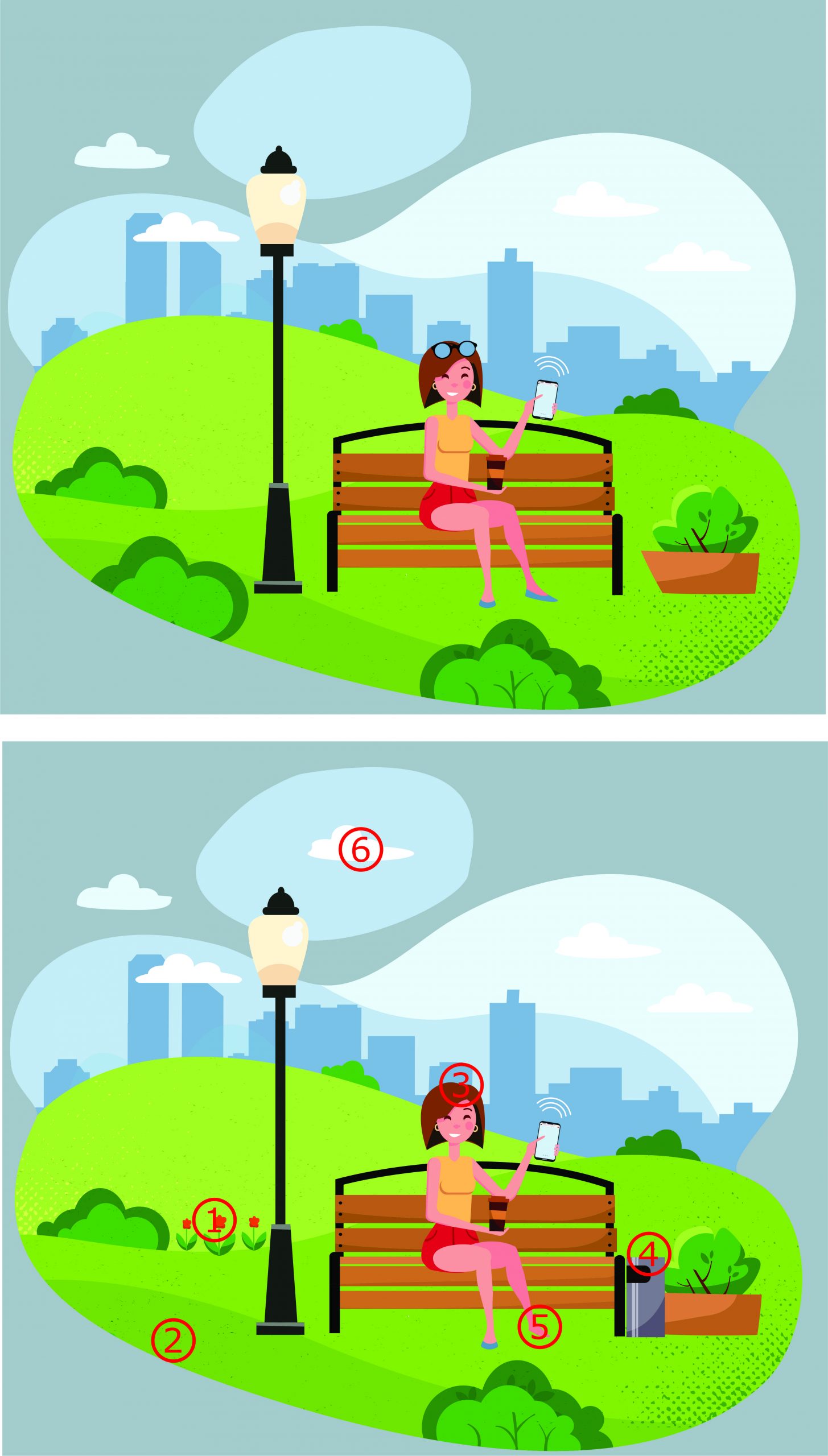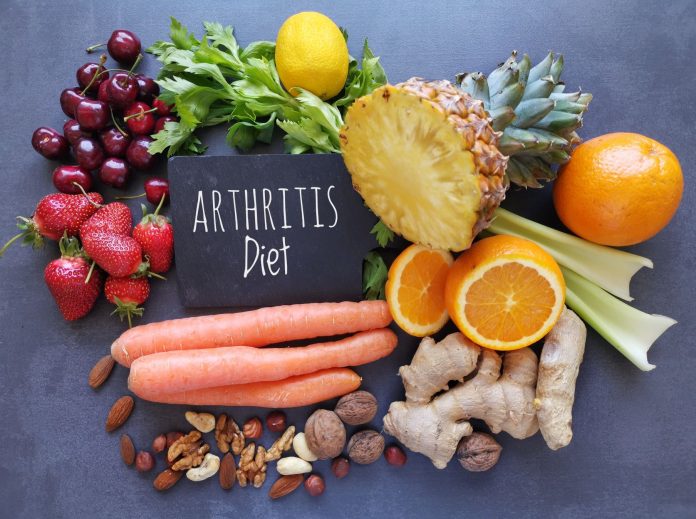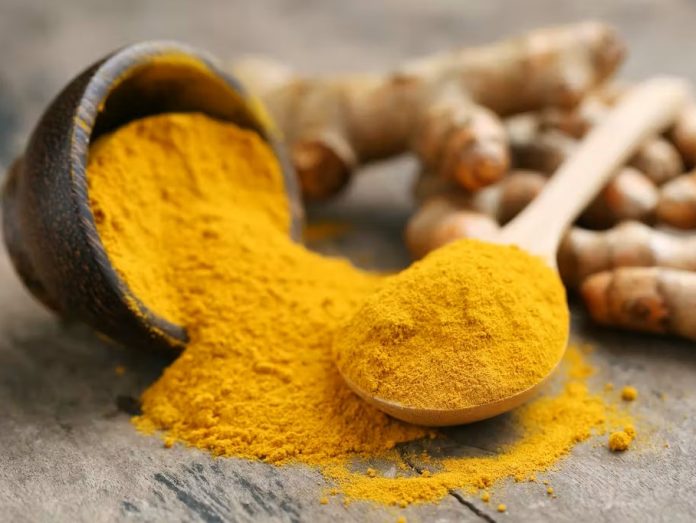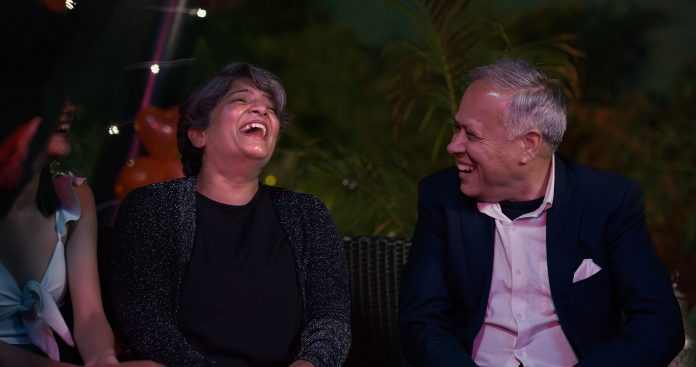Have you experienced Grief ?
Do you know how to deal with grief?
Do you know how to help someone who is grieving?
All that you need to know about grief, its symptoms, types and dealing with it are penned below, read on —
What are the symptoms of grief?
Grief can affect every aspect of your being- emotionally, physically and behaviorally.
Emotional symptoms —
- People who are grieving often describe the grief emotions as “coming in waves.”
- You may feel detached from your emotions and operate on autopilot.
- You can even experience conflicting emotions-for example, you are sad that a loved one’s gone but relieved that they’re at peace.
- Guilt, sadness, anger, excitement, happiness, relief, empathy, indifference
- Feeling no emotion or numbness is also an emotional symptom of grief.
There are no right or wrong emotions when it comes to grief. Acknowledge and feel every emotion, that’s the only way to heal.
Physical symptoms —
Loss can be felt physically as well. Grief can overwork your nervous system and take a toll on you physically.
- Headaches
- Nausea, diarrhoea, an upset stomach
- Restlessness, insomnia, constantly sleeping
- Heart palpitations, a racing heart beat, tightness in your chest
- Weak muscles, joint pain, fatigue
- Reduced or increased appetite.
Behavioural changes —
Grief can affect your behaviour as well.
- It can cause confusion and affect your ability to stay alert
- Trouble thinking or making decisions.
- Feeling hopeless. No sense of direction.
- Difficulty focusing, remembering things and fulfilling your responsibilities.
Stages of grief —
There are five stages of grief in the grieving process.
- Denial- In this stage you find it hard to accept the loss.
- Anger- the second stage is full of anger, at God, yourself, the world and the universe or even no one in particular.
- Bargaining- The third stage of grief is bargaining. You think of ways you could have spared yourself from this loss.
- Depression- The fourth stage is when you feel immense sadness, emotional detachment and depression.
- Acceptance- The last and final stage is when you eventually accept reality. The loss becomes real. The pain is still there but you have finally accepted it.
However, there are common experiences that people go through which has allowed experts to identify different types of grief —
Normal grief —
There is no such thing as normal grief. Everyone experiences grief in their own way. Some feel it physically, others emotionally or behaviorally or maybe a combination of all three. People who are grieving in a healthy way, go through all the stages of grief, moving towards acceptance at their own time and pace.
Abrupt grief —
Abrupt grief is due to a sudden or unexpected loss. This can be due to sudden death, loss of a pet, job loss, a relationship ending or any form of loss that wasn’t expected and comes as a shock. Abrupt grief can happen any time anywhere.
Anticipatory grief —
This type of grief is inevitable. When you know that the loss is bound to occur. Situations of long-term illness, relationships where divorce is inescapable or other situations of impending loss, the grief is often anticipatory in nature. To prepare for the imminent loss, you tend to begin envisioning a life without them and start grieving before the loss even occurs.
Absent grief —
The absence of feeling grief after going through a loss is also a fairly common type of grief. Absent grief often occurs when you’re unable to process the loss. This can be because you are numb from emotion, in denial or even disconnected emotionally as a coping mechanism.
Denial is often the force behind this type of grief. People whose grief presents as absent grief often come across as though they haven’t experienced a loss at all. While absent grief is normal initially, it should be addressed if it continues for an extended period of time.
Delayed grief —
Delayed grief is often the second part to absent grief. Instead of remaining unexpressed, you experience a delayed grieving process. This often happens once the initial shock of the loss wears off.
Abbreviated grief —
Everyone processes grief differently and sometimes you’re able to process it rather quickly. Abbreviated grief is the case in point. Abbreviated grief often follows anticipatory grief, where you are able to grieve quickly because the loss was expected. Just because you are able to grieve quicker than most does not diminish your emotions. Abbreviated grief can also occur when you are able to accept the loss straight away or if you have a strong connection or attachment to the loss.
Prolonged grief —
When it comes to grief, we’re all on different timelines. People struggling with prolonged grief may feel like a part of them has died and this grief stays with you long-term. This type of grief interferes with your daily life and in some severe cases it can lead to Prolonged Grief Disorder (PGD). If PGD occurs, it needs to be professionally addressed.
Chronic grief —
Chronic grief is when the intense reactions felt due to a loss do not subside. There is no progress while going through stages of grief. The distress caused by the loss can often become worse instead of better. A person with chronic grief must seek professional help. Without treatment, chronic grief can lead to serious situations like substance abuse, alcoholism, crimes, depression or even suicide.
Cumulative grief —
A person experiencing cumulative grief is working through multiple losses at once. For example, the loss of a child may lead to divorce. Here you are grieving not one but two losses. Cumulative grief happens when you experience a second loss shortly after the first loss. This grief overload is much harder to overcome and definitely needs therapy and guidance.
Silent or Disenfranchised grief —
Silent grief is when people can’t fully express their feelings after a loss due to societal pressures or from a belief that no one will understand their pain or suffering. This is also called disenfranchised grief where the loss is considered to be taboo or stigmatised.
Disenfranchised or silent grief can also occur when the loss doesn’t necessarily mean death. It can be due to traumatic situations like a traumatic brain injury, substance abuse or a mental health condition that changes things forever.
Inhibited or masked grief —
Inhibited grief is when you repress your emotions and don’t allow yourself to feel the grief. These repressed emotions often manifest into physical symptoms. In this type of grief you are unable to effectively move through the stages of grief.
Traumatic grief —
When you are processing a loss and trauma at the same time it’s known as traumatic grief. Traumatic grief is often accompanied by survivor’s guilt or moral injury. In this case it is important to get help from a trained trauma therapist.
Secondary loss grief —
Grief experienced indirectly from a loss is considered to be secondary loss grief.
For example, death of a loved one, can lead to strained familial relationships and friendships which can affect several areas of your life. The final result being that you are actually experiencing several losses due to one primary loss.
Collective grief —
Sometimes loss can affect a nation, a culture or the entire world. Community-level form of grief is known as collective grief. The recent Covid-19 pandemic brought the world to its knees. This is a prime example of collective grief. Events like war, mass shootings, political situations, hate crimes, climatic devastations, fires, pandemics, epidemics and violations of human rights can cause collective grief. Coming together with people is a powerful way to move through the grief as a whole.
That’s a whole lot of types of ‘Grief’ for you to identify with and some tips to cope.
Tips to cope with grief
- Honour your loss- It’s important to find ways to honour the loss you have suffered and find closure and peace.
- Journal- Expressing yourself through writing can help you process your feelings and understand what you’re going through.
- Stick to a routine and have boundaries- grief can disrupt your sense of normalcy. Following a routine can keep you on track. Boundaries help you from feeling overwhelmed.
- Pay attention to your emotions- Resist the urge to distract yourself from difficult emotions. Feel every emotion and work through it.
- Speak to a mental health professional- a therapist can give you the right tools to work through your grief.
- Support groups- interacting with people going through similar situations can help you feel less alone and make it easier to talk about what you are going through.
- Calling a trusted family member or friend if you need immediate support and comfort.
FINAL NOTE —
Grief is a natural response to losing something you value, it leaves you with a sense of loss and a void.
Grieving is an individual process.
No two people grieve the same way.
There is no right or wrong way to process a loss of any kind,
Grief is a very emotionally complicated response.
It’s natural to grieve loss and go through all the feelings and emotions of grief.







 Aries
Aries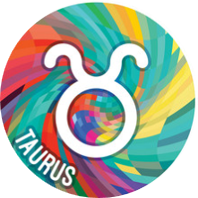 Taurus
Taurus Gemini
Gemini Cancer
Cancer Leo
Leo Virgo
Virgo Libra
Libra Scorpio
Scorpio Sagittarius
Sagittarius Capricorn
Capricorn Aquarius
Aquarius Pisces
Pisces







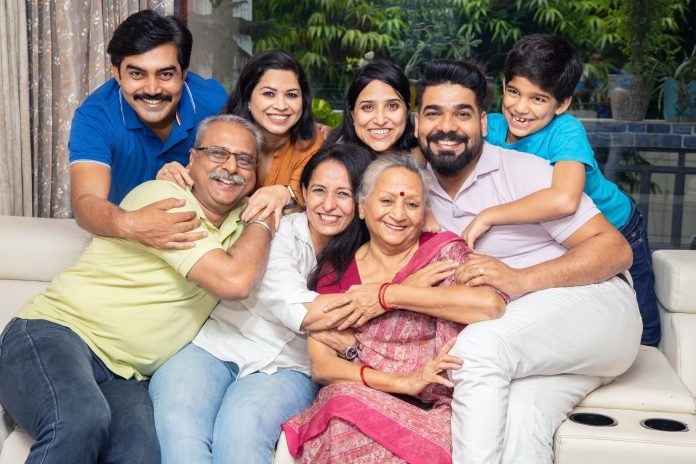



 Are there any family recipes that have been passed down through generations, Amma’s Biryani Recipes or the Sarson ka Saag that tastes best in our home because of Dadi Ma, etc.?
Are there any family recipes that have been passed down through generations, Amma’s Biryani Recipes or the Sarson ka Saag that tastes best in our home because of Dadi Ma, etc.?
 How do you define success, and do you feel you’ve achieved it?
How do you define success, and do you feel you’ve achieved it? 
 What’s the most daring thing you’ve ever done?
What’s the most daring thing you’ve ever done?


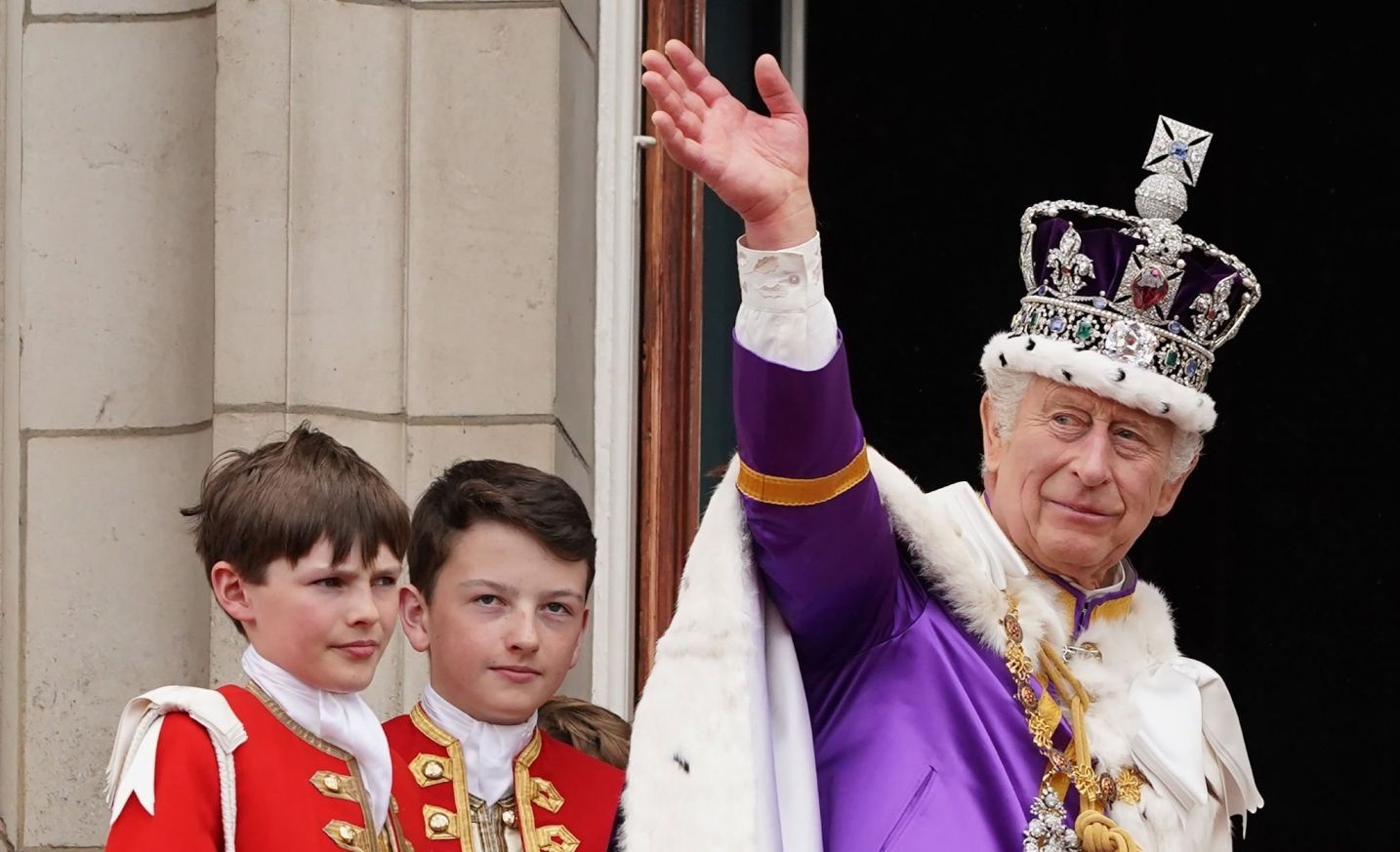
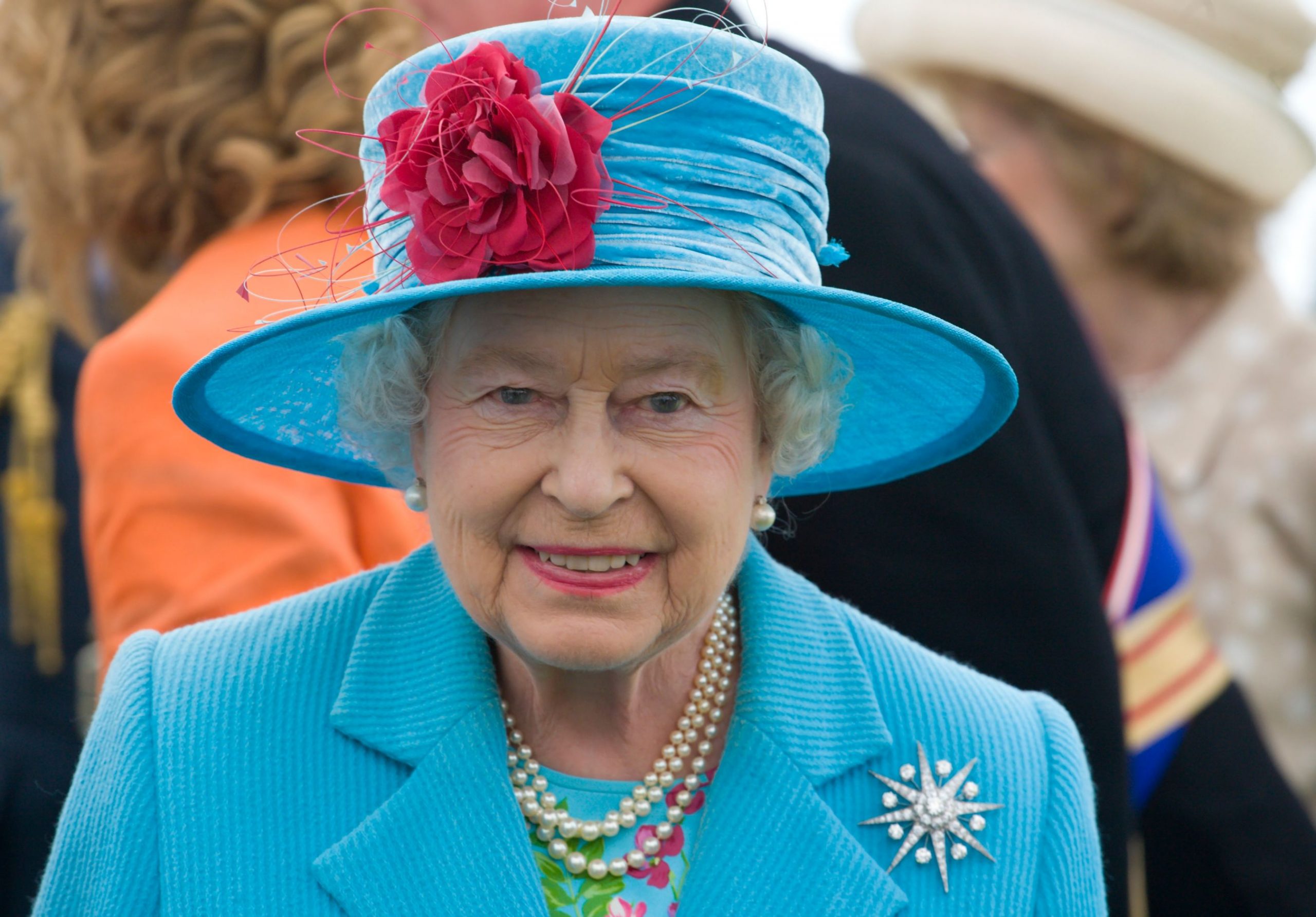
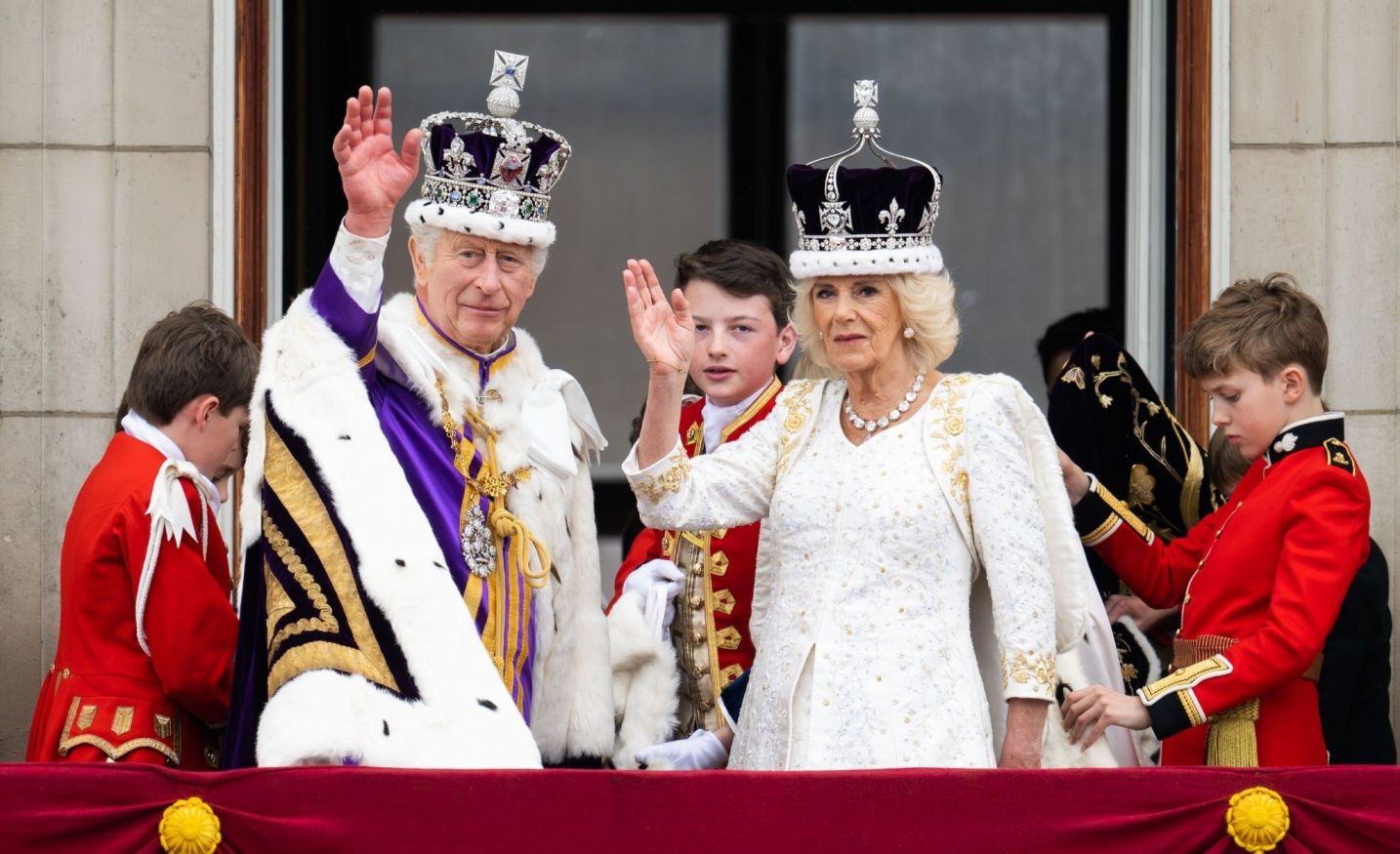


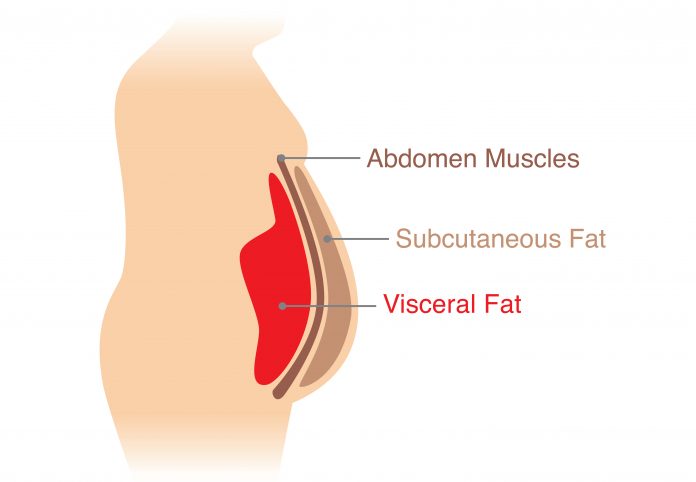
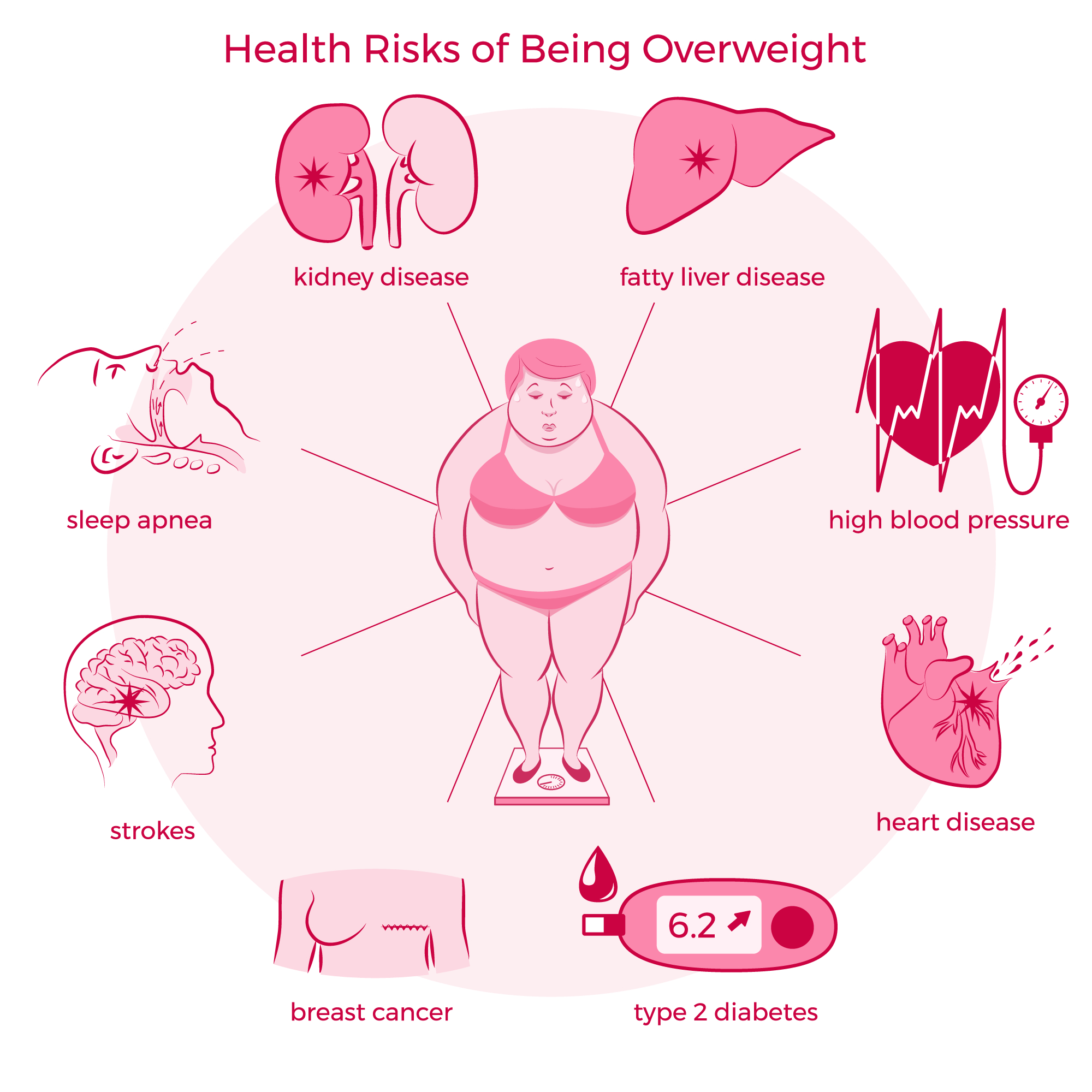
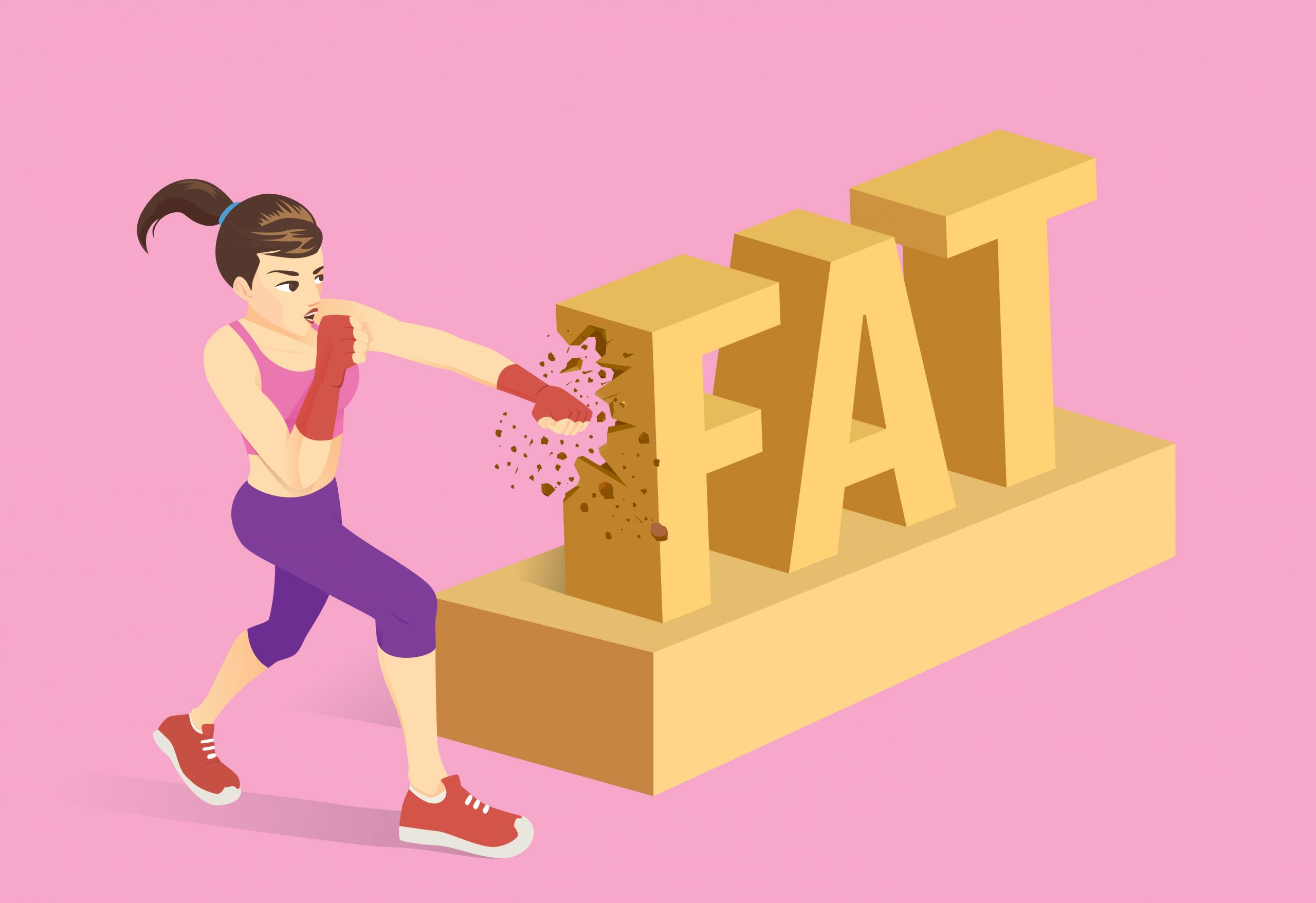
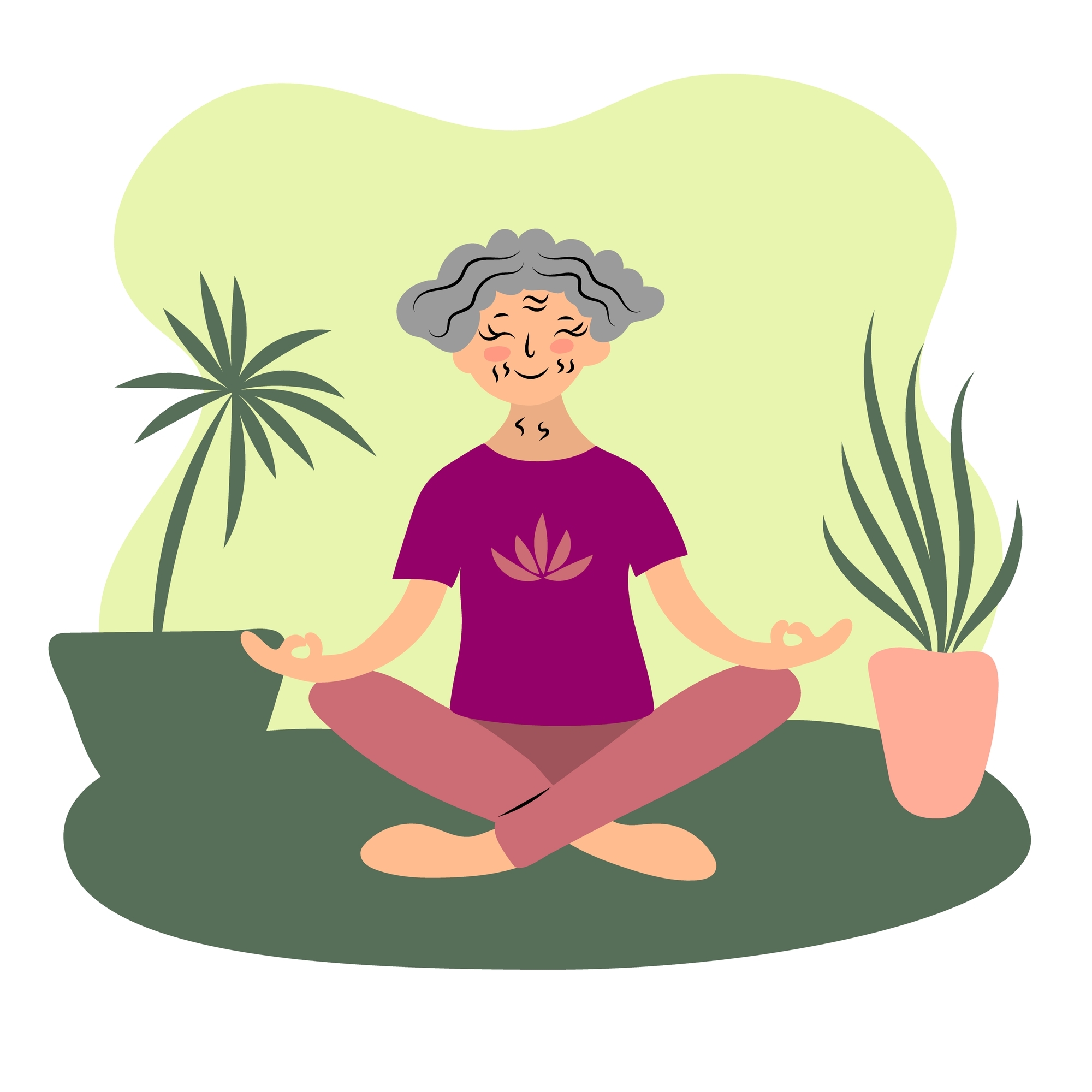
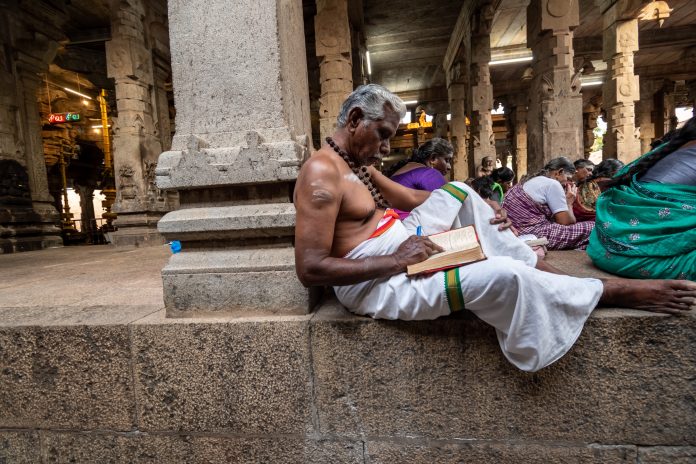



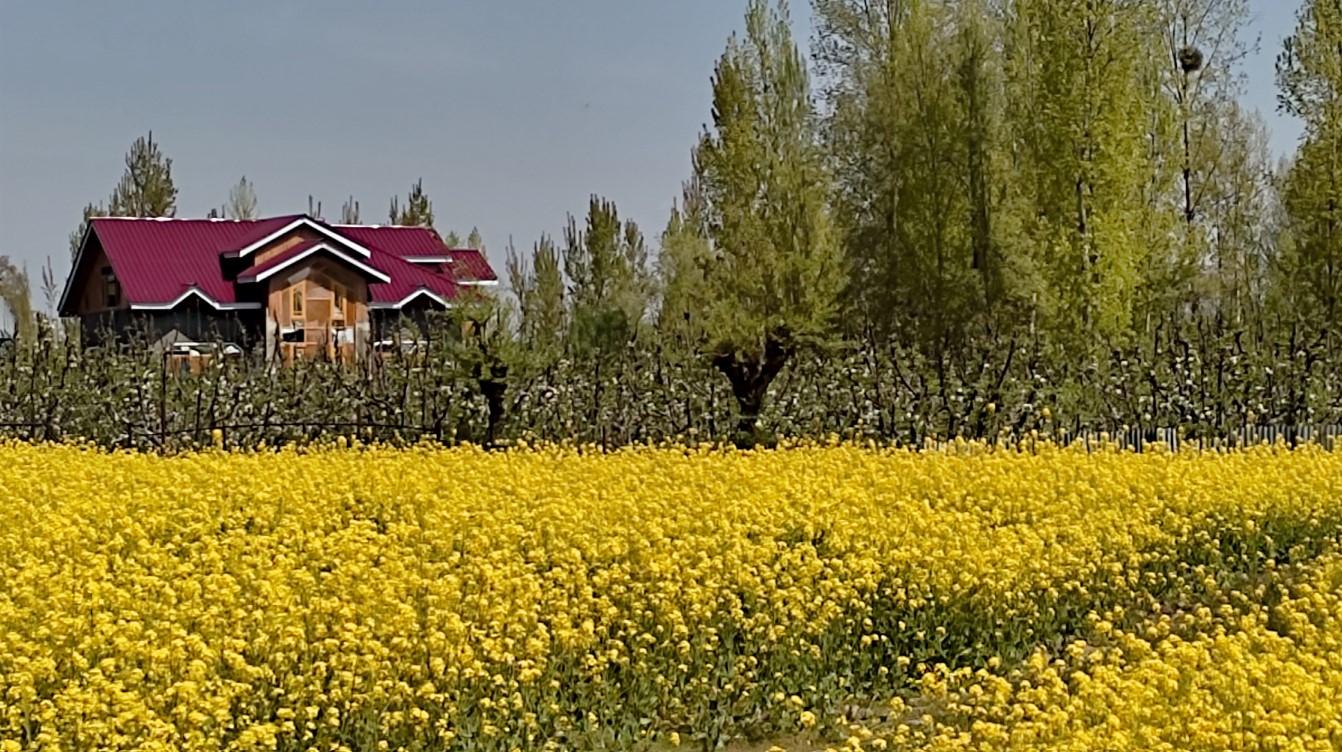

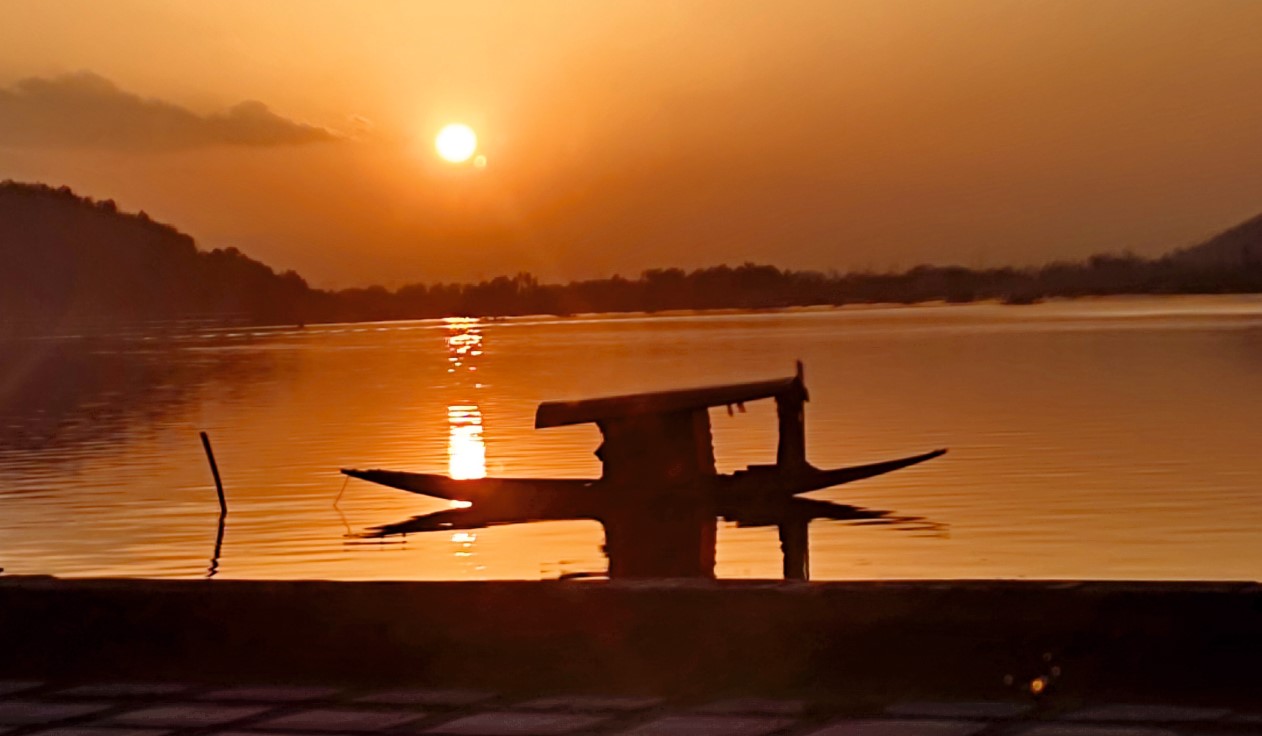
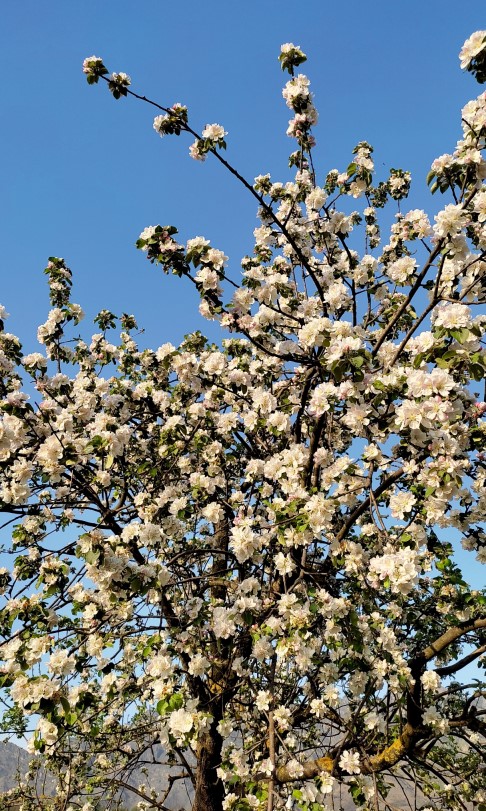
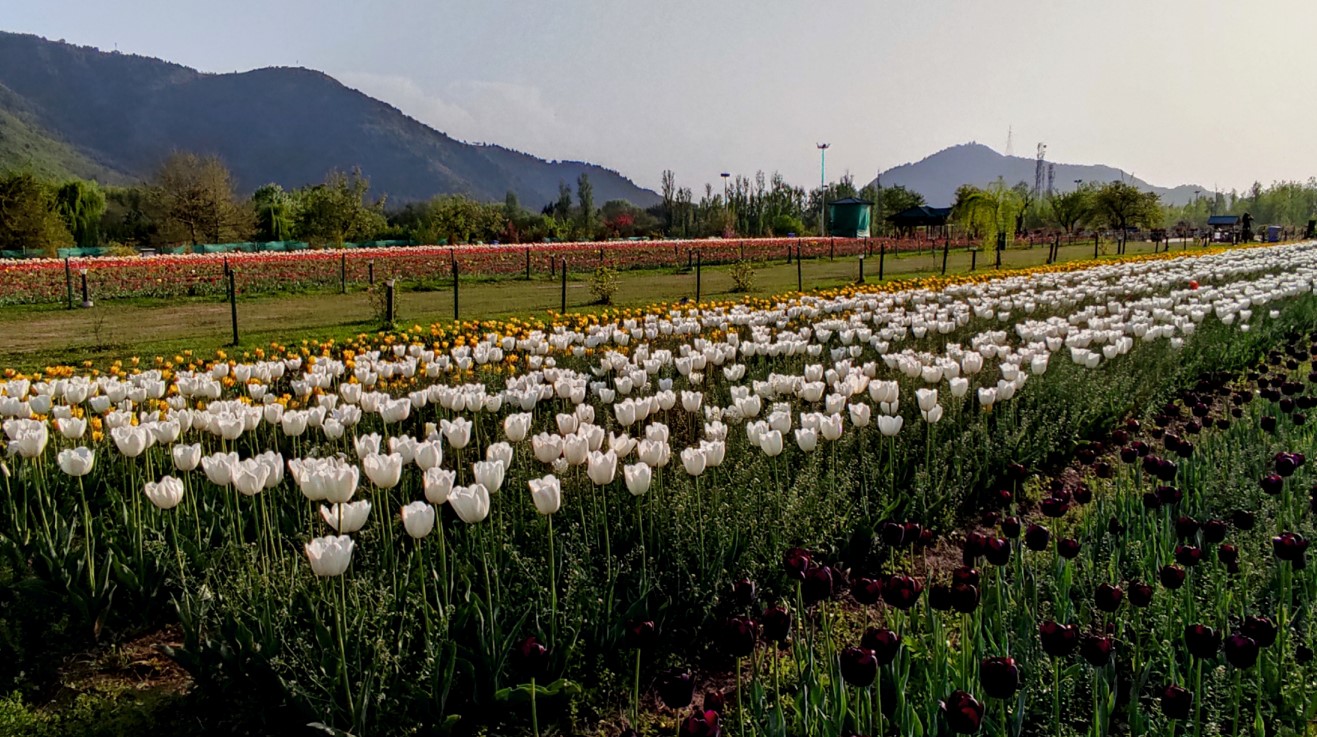

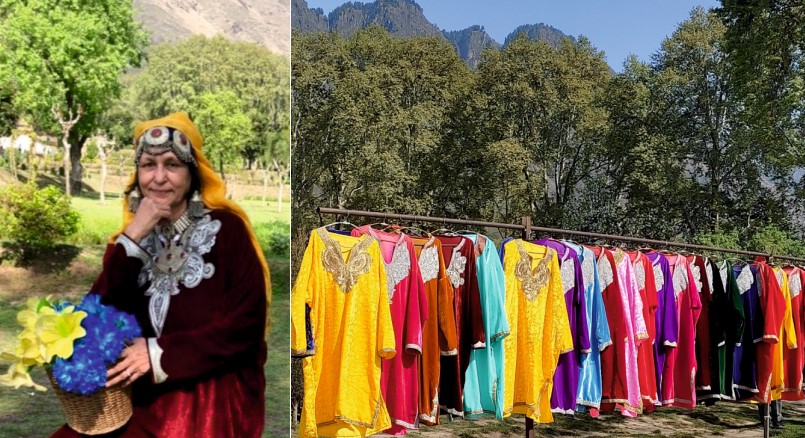
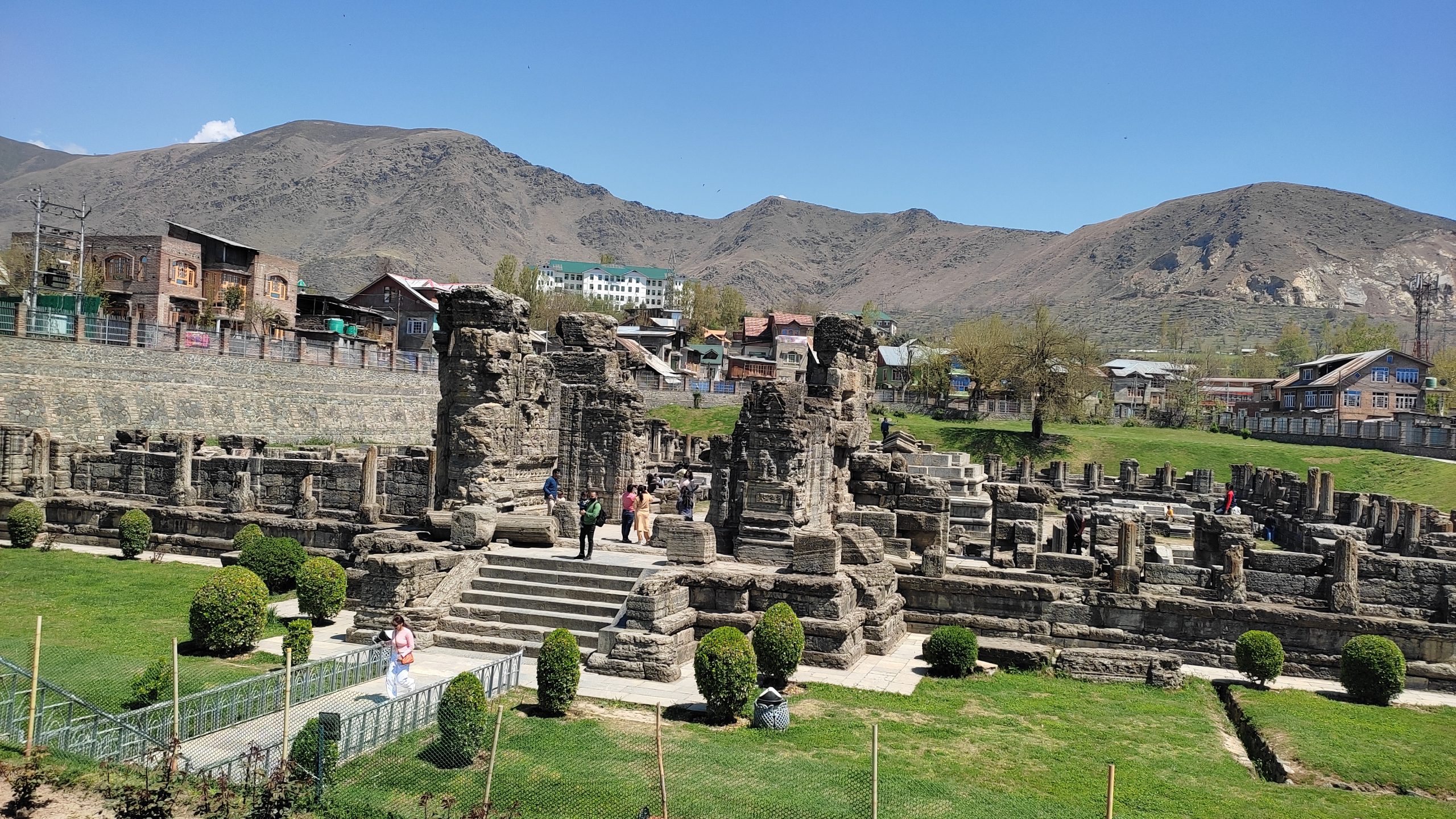
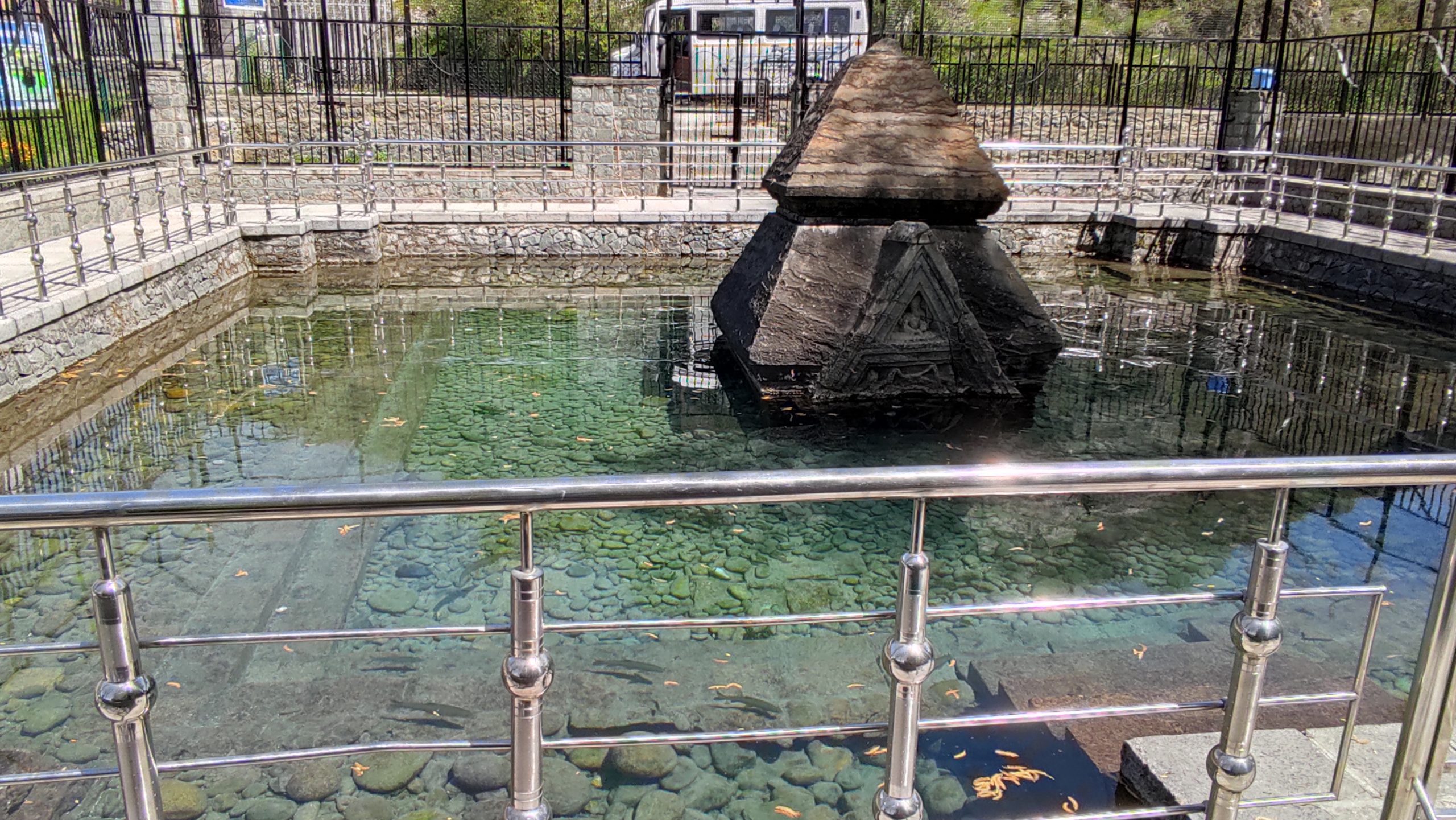
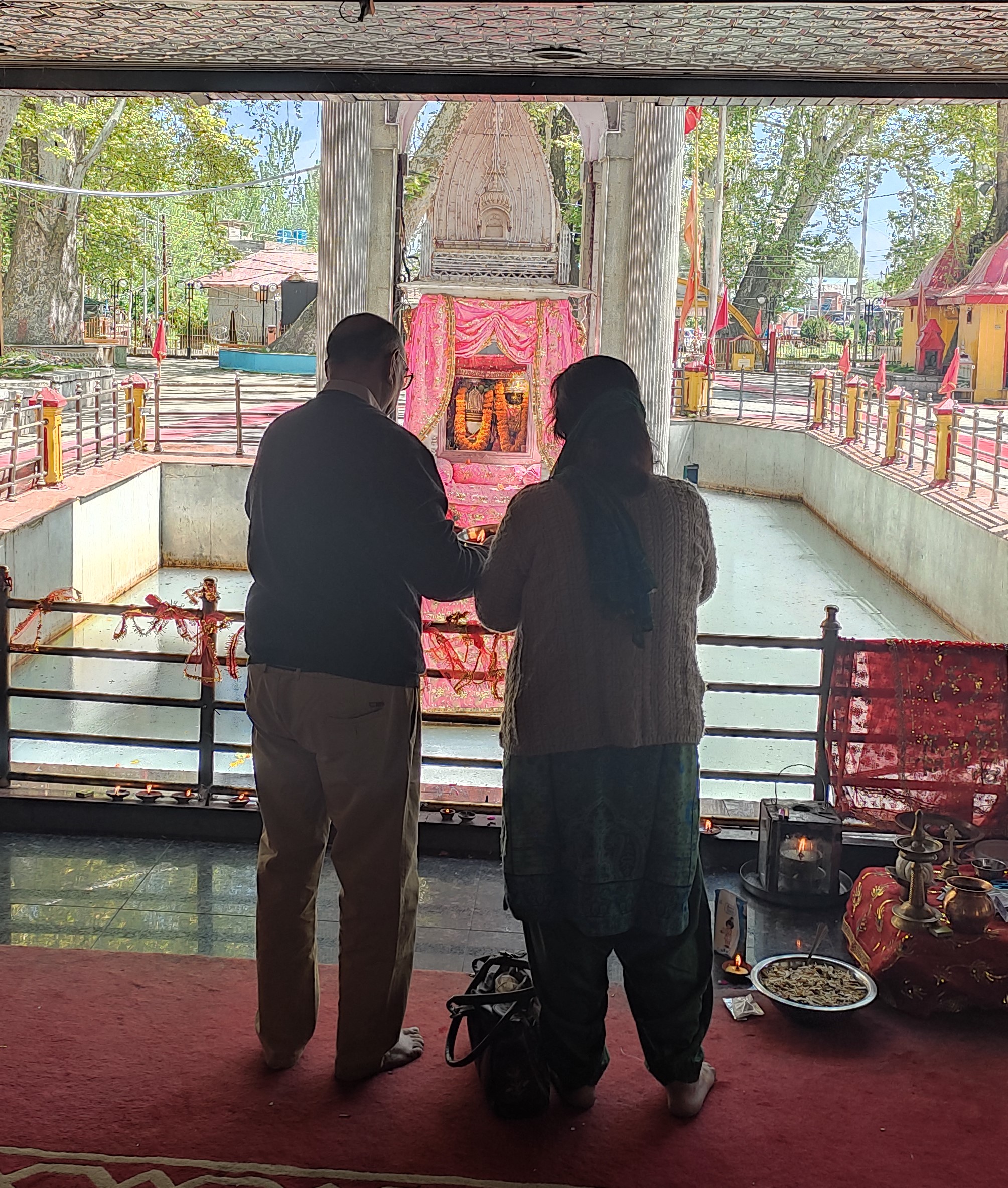 The Mata Kheer Bhawani temple is one of the most revered places for the Kashmiri Pandits….but not much is known about its history. The present complex was built by the Dogra ruler Maharaja Pratap Singh around 1912. As the name suggests it is dedicated to Goddess Durga (Bhawani) and the water in the small tank surrounding it usually remains a milky white, because Kheer (a preparation of milk and rice is offered to the deity.) It is believed that in times of danger, war, and calamities the colour of the water turns red as a sign of danger.
The Mata Kheer Bhawani temple is one of the most revered places for the Kashmiri Pandits….but not much is known about its history. The present complex was built by the Dogra ruler Maharaja Pratap Singh around 1912. As the name suggests it is dedicated to Goddess Durga (Bhawani) and the water in the small tank surrounding it usually remains a milky white, because Kheer (a preparation of milk and rice is offered to the deity.) It is believed that in times of danger, war, and calamities the colour of the water turns red as a sign of danger.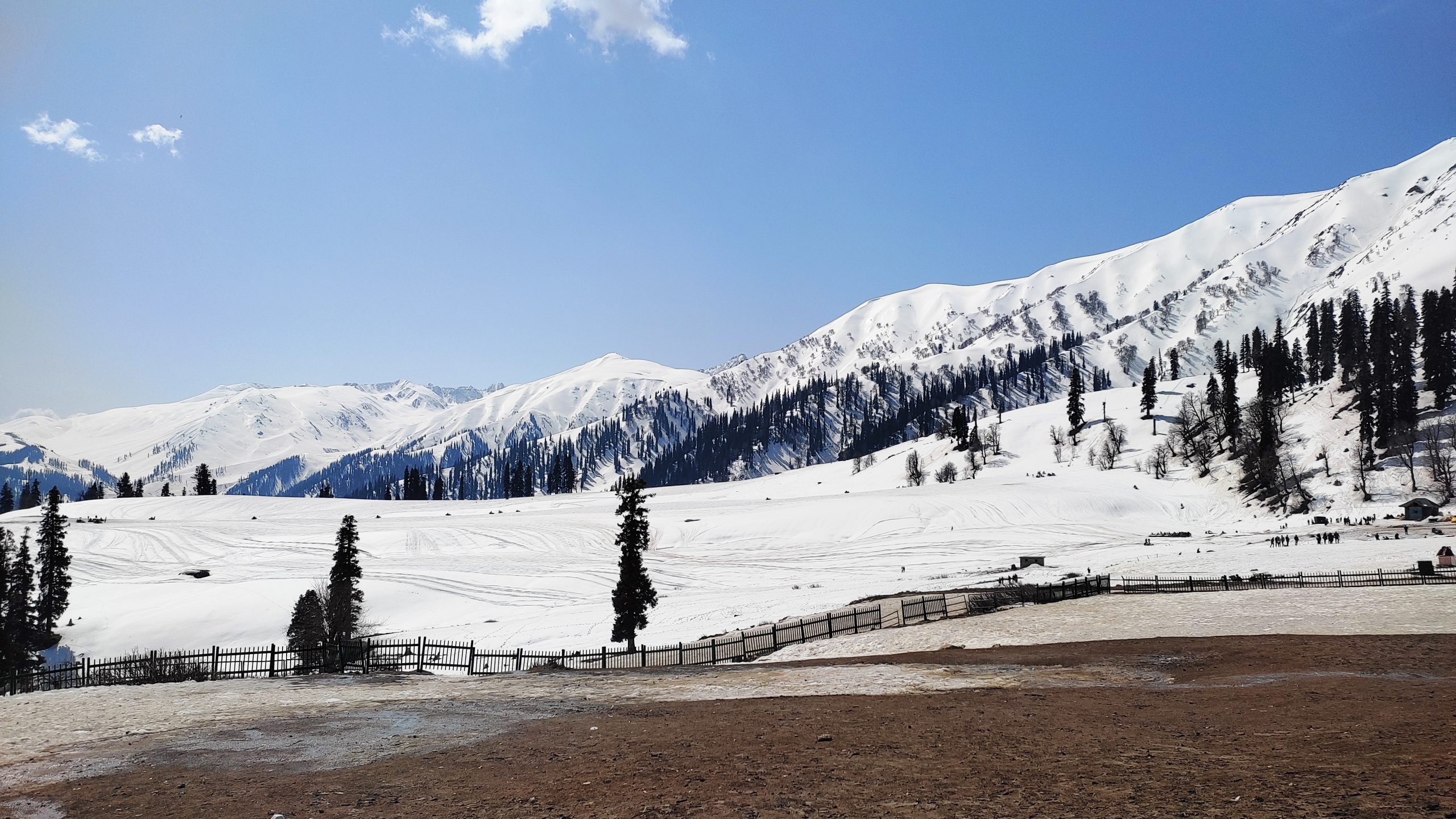
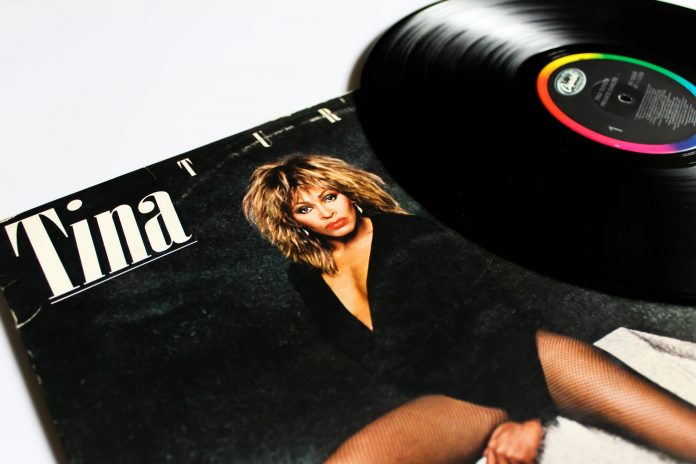



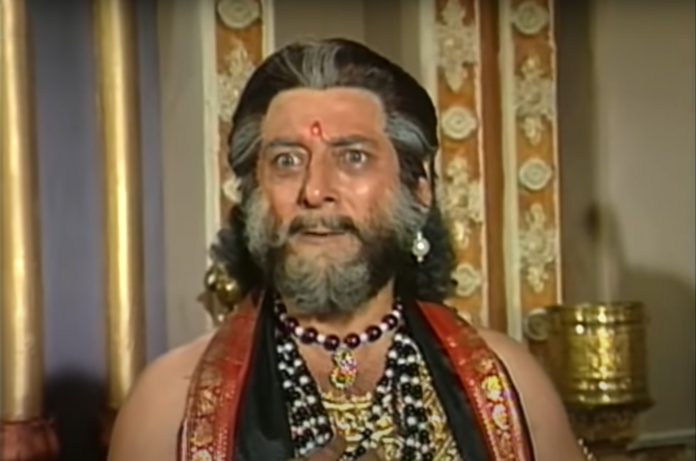

 Life did change when the time came to cast for the role of Shakuni in Mahabharat. Gufi was already the casting director of the serial and would show the auditions of several people who were to be introduced one after the other in the show to enable the team led by BR Chopra, which included Ravi Chopra, Dr Rahi Masoom Raza, Satish Bhatnagar, Hasan Kamal and Mahavir Adhikari pick out each character.
Life did change when the time came to cast for the role of Shakuni in Mahabharat. Gufi was already the casting director of the serial and would show the auditions of several people who were to be introduced one after the other in the show to enable the team led by BR Chopra, which included Ravi Chopra, Dr Rahi Masoom Raza, Satish Bhatnagar, Hasan Kamal and Mahavir Adhikari pick out each character.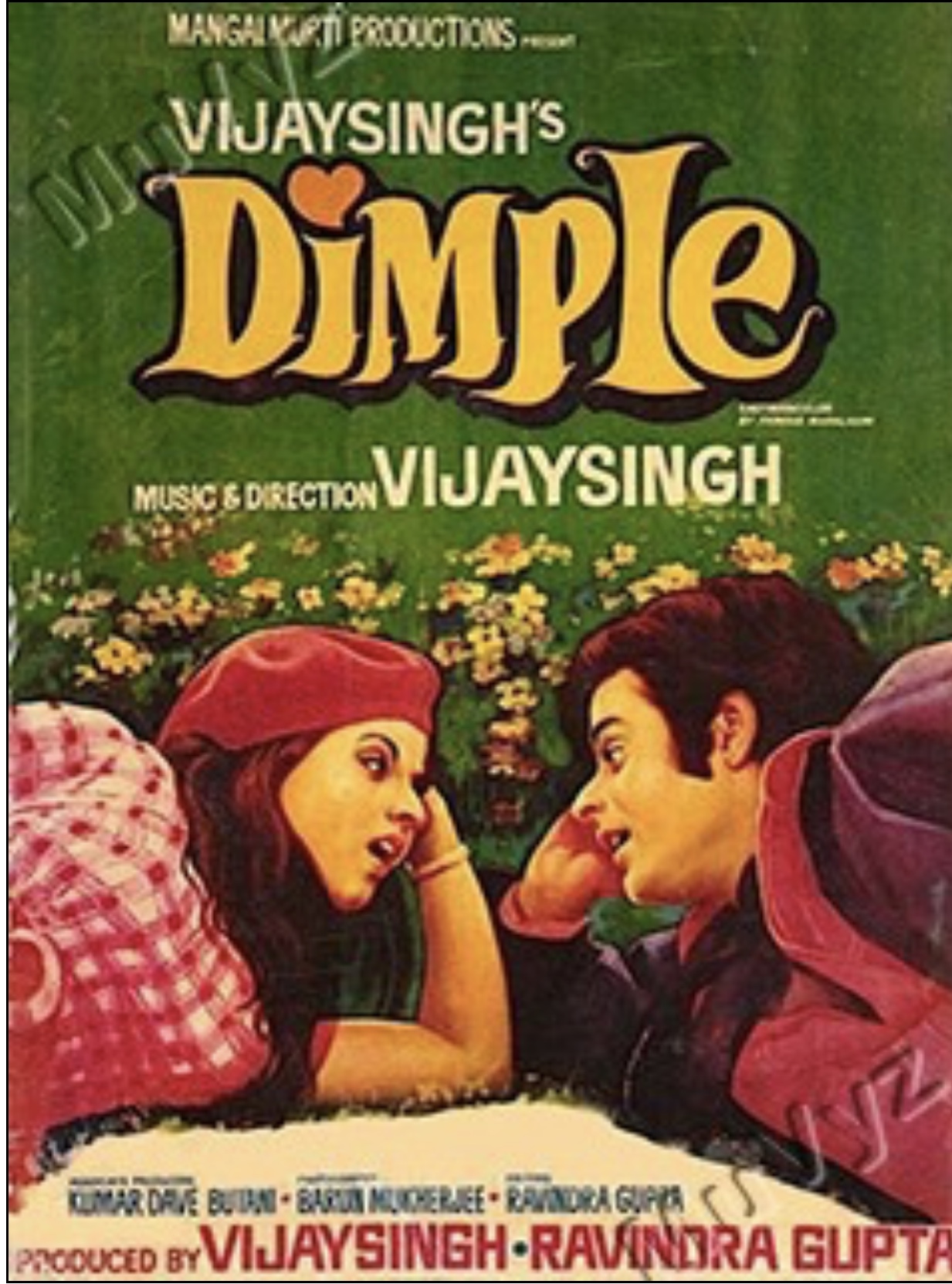
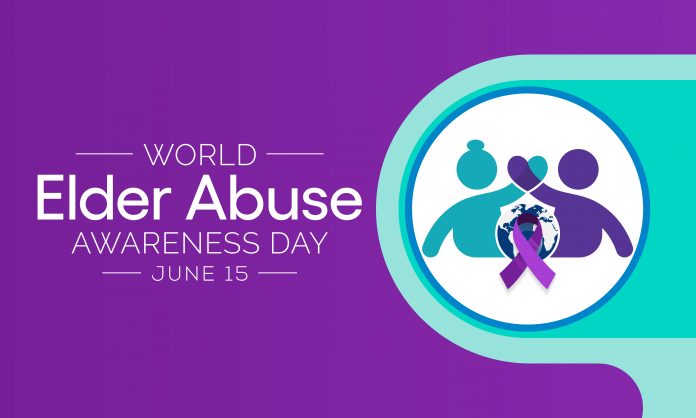
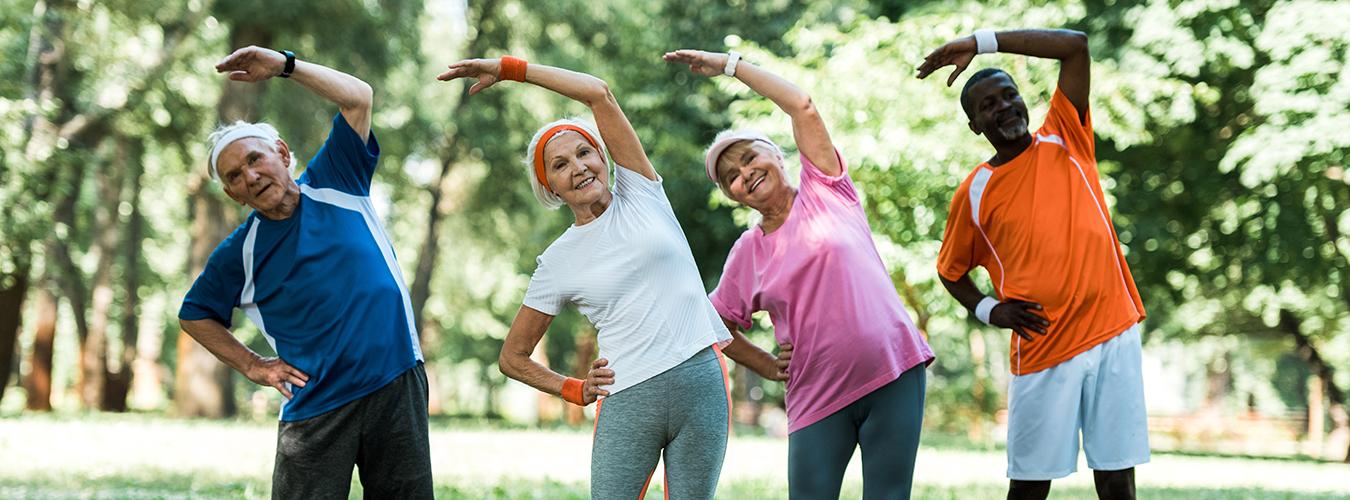


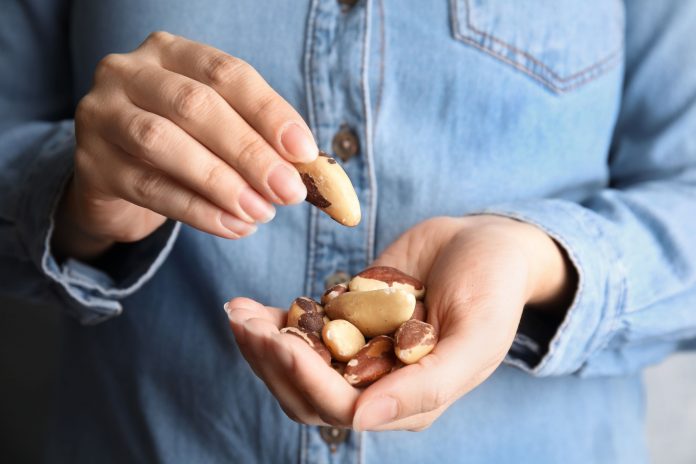

 Aries
Aries Taurus
Taurus Gemini
Gemini Cancer
Cancer Leo
Leo Virgo
Virgo Libra
Libra Scorpio
Scorpio Sagittarius
Sagittarius Capricorn
Capricorn Aquarius
Aquarius Pisces
Pisces


